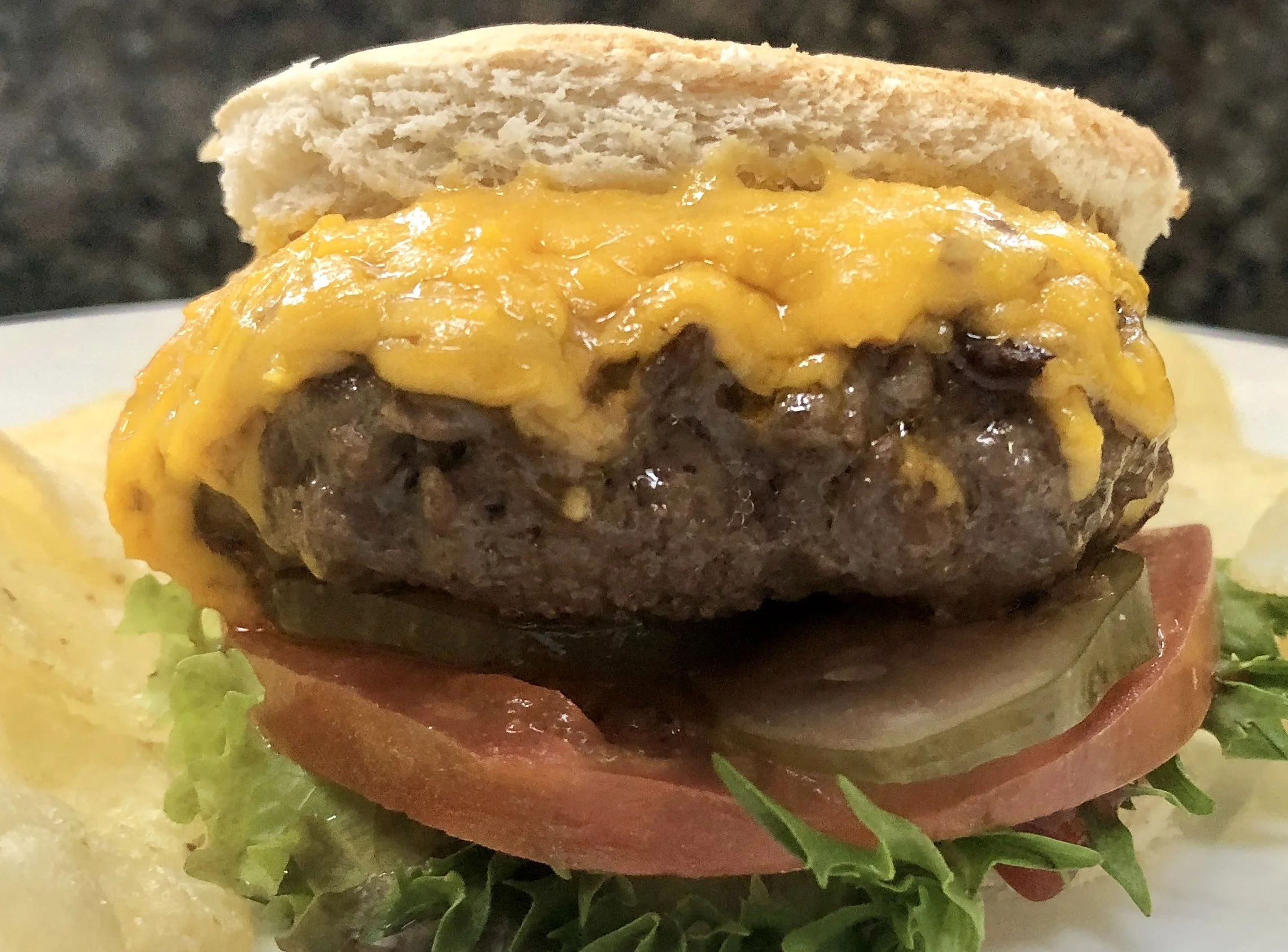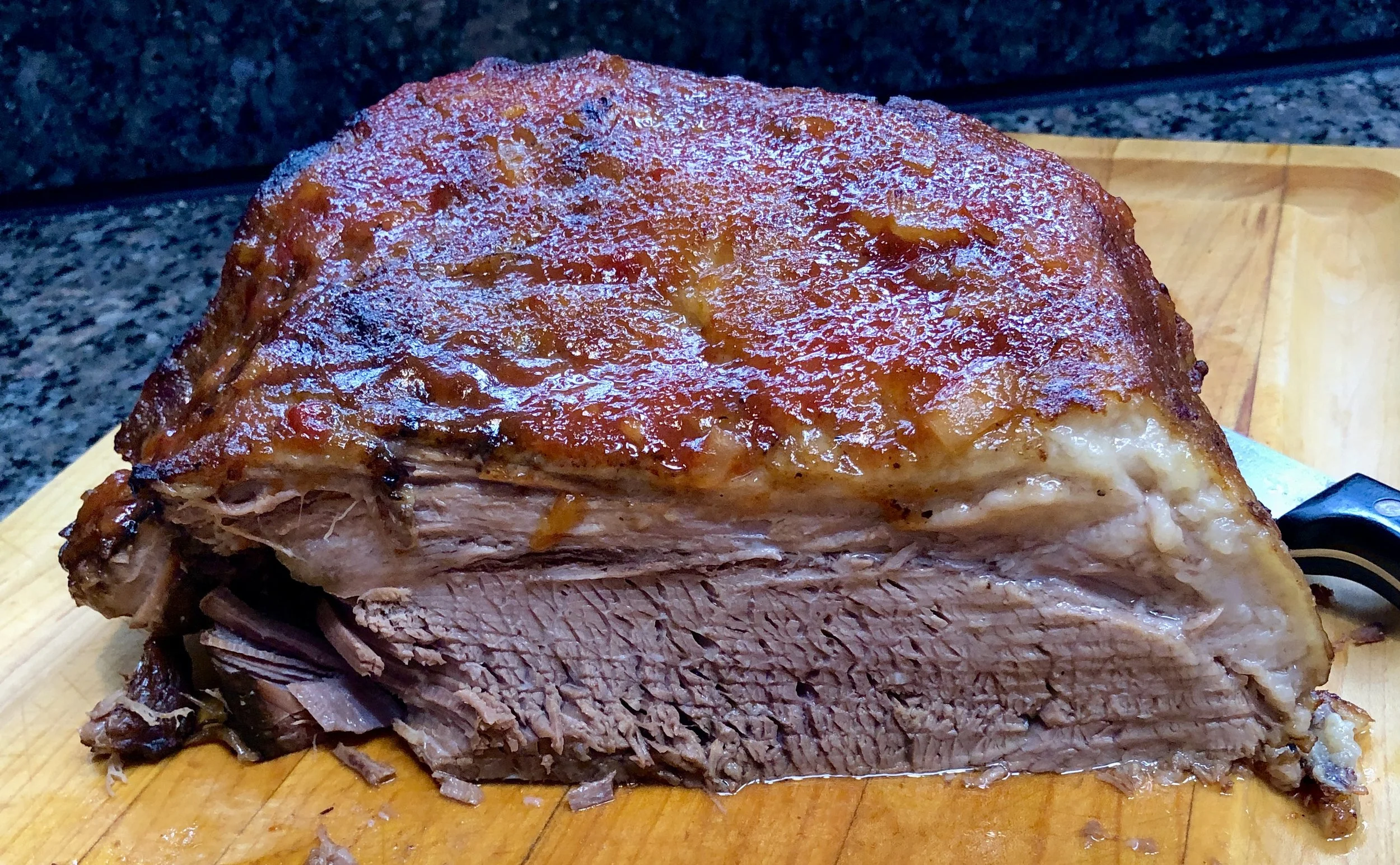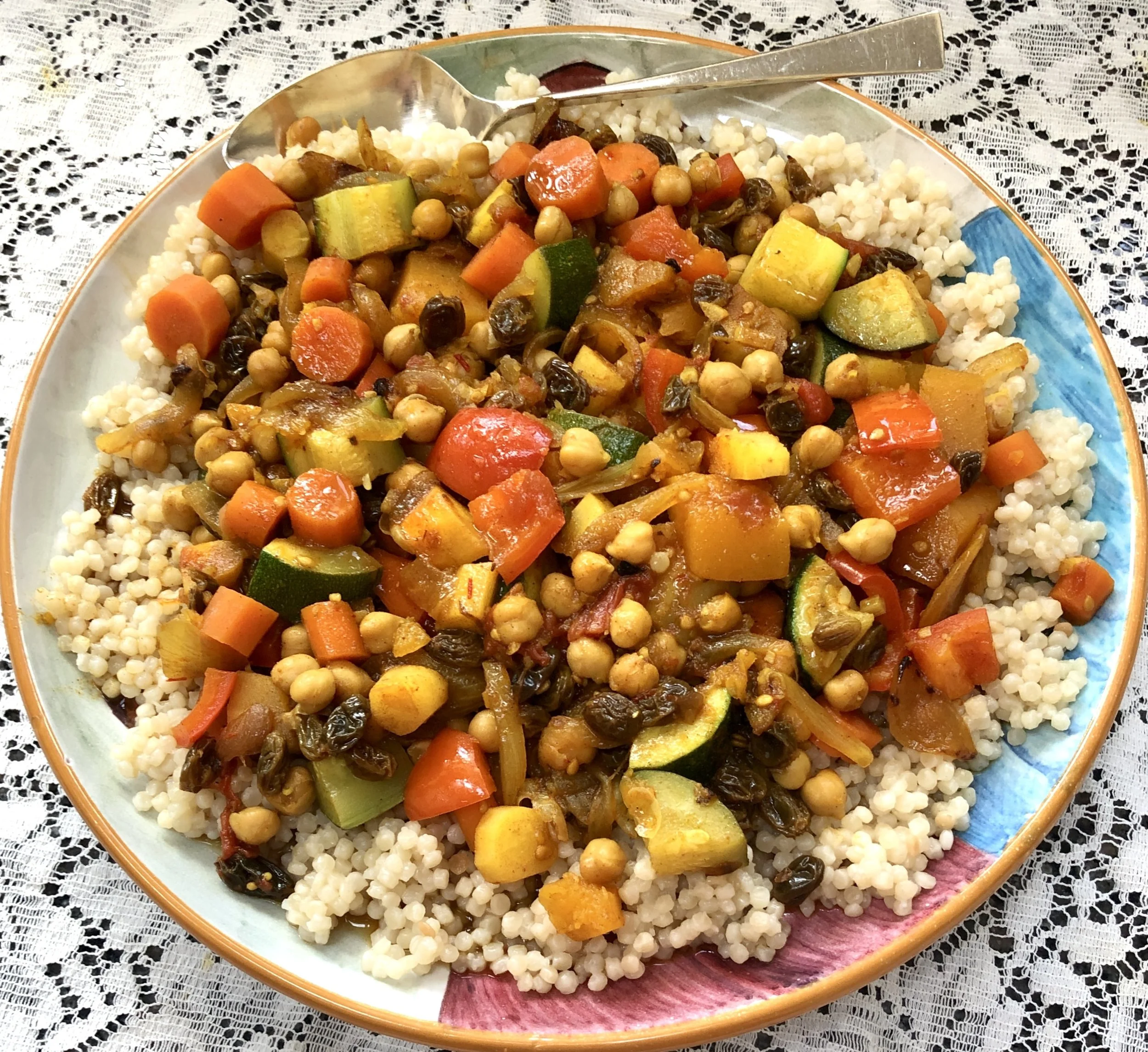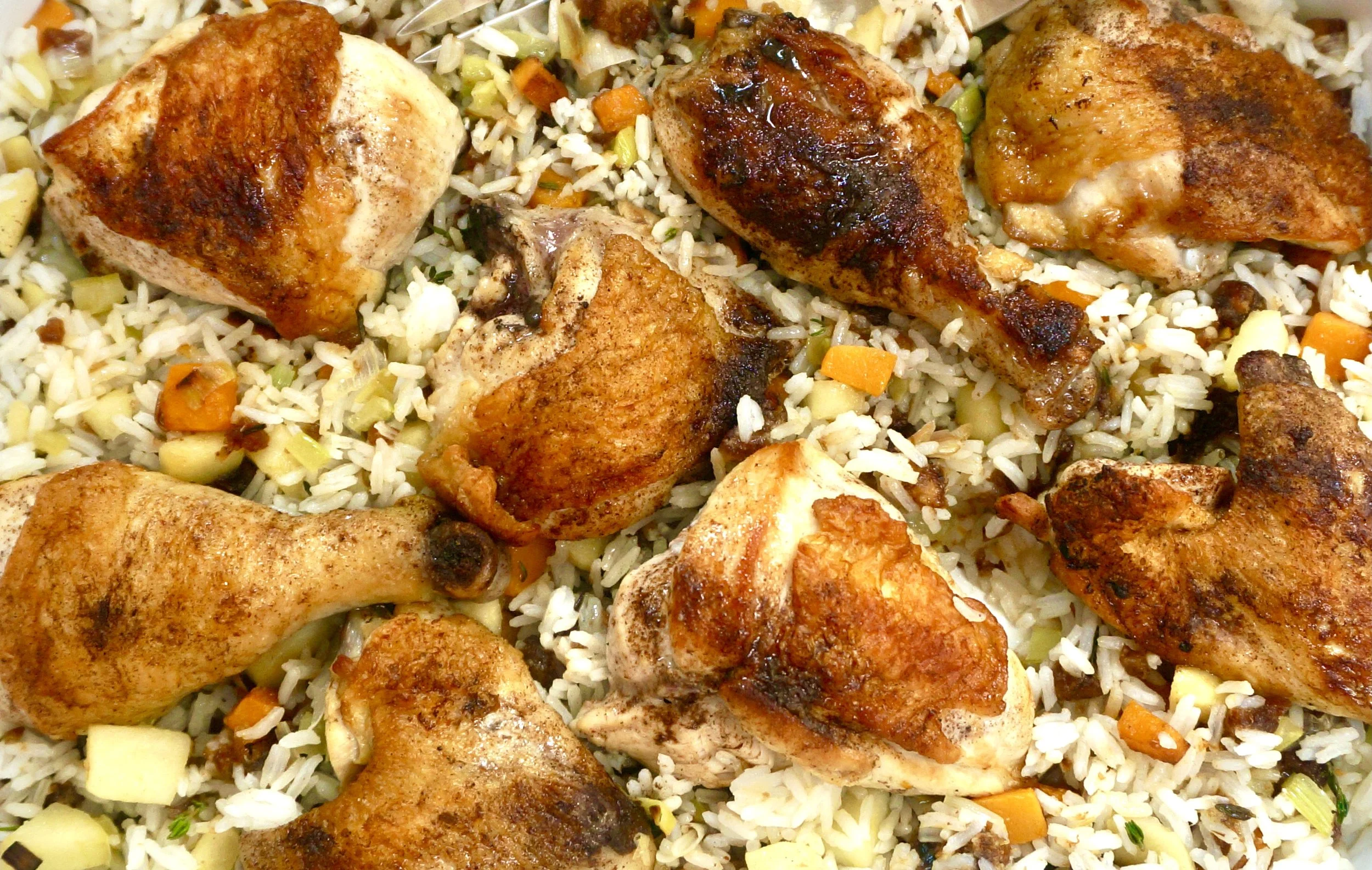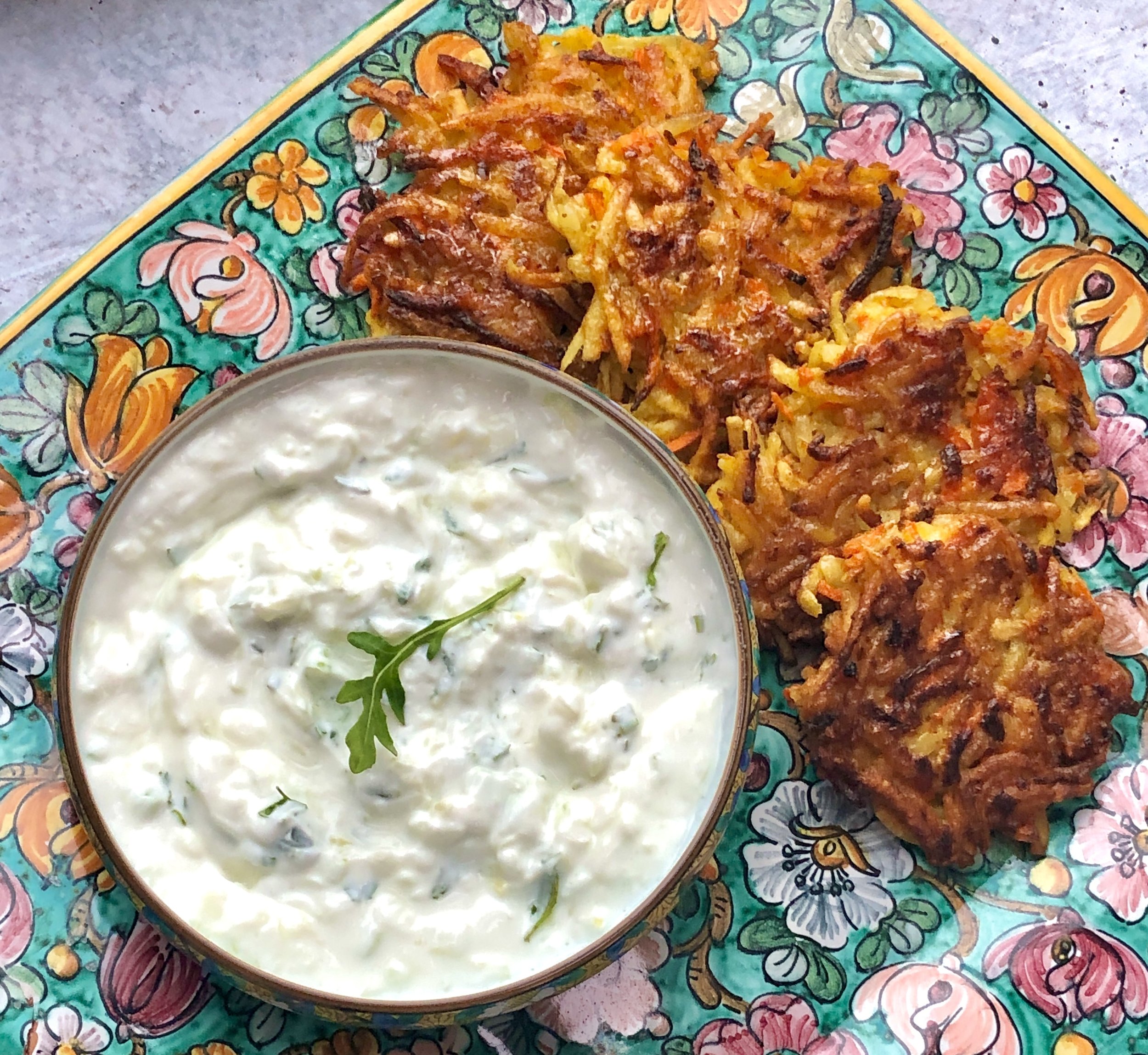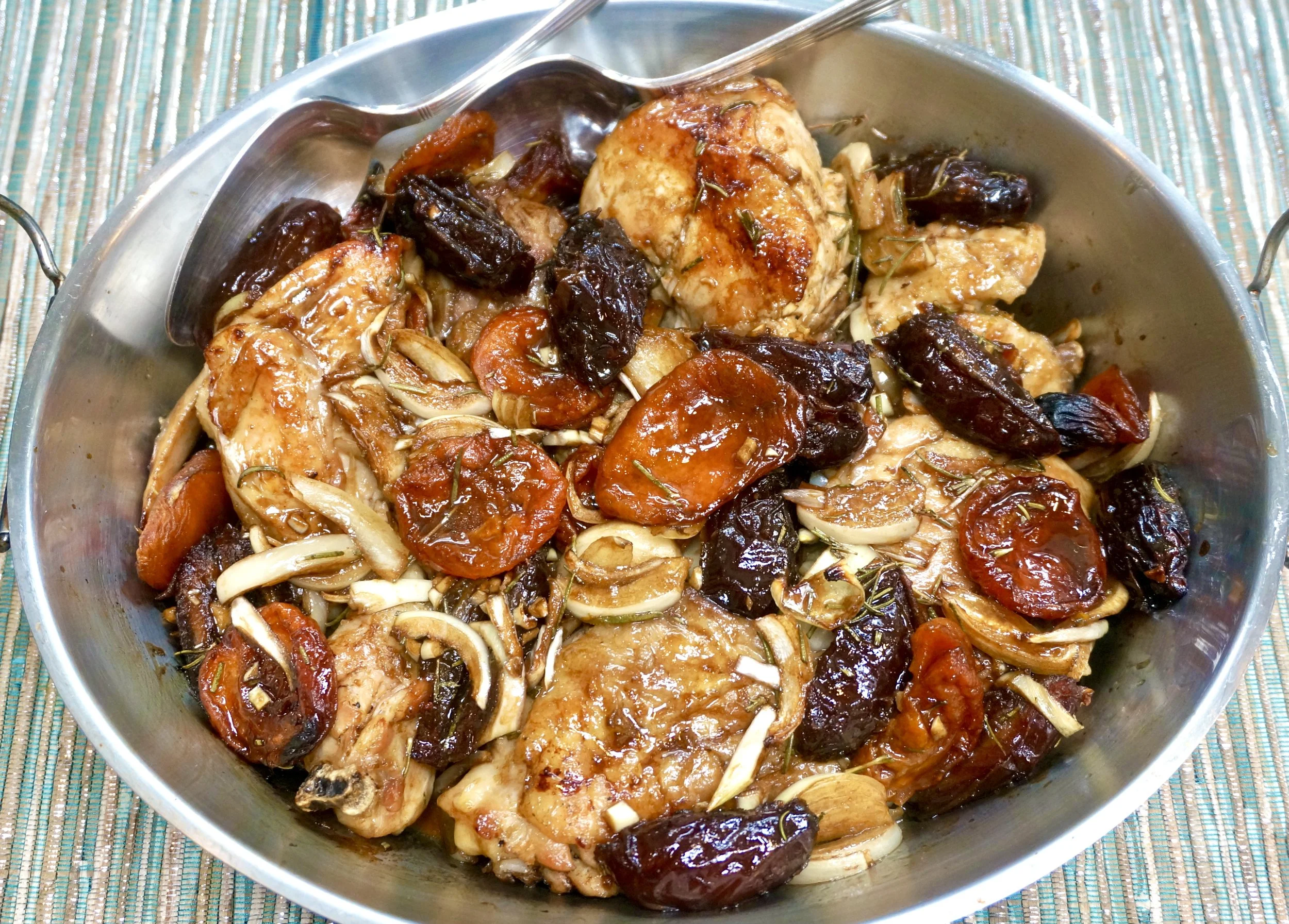Many years ago I decided to develop a Passover version of polenta — what my grandma called mamaliga — using matzo meal instead of corn meal.
The plain, version was beyond awful. My daughter said it tasted like a box.
But (never one to waste food) I mixed in some golden brown fried onions, celery and mushrooms, let the mixture chill inside a loaf pan, and when it was cold, I cut the loaf into slices and fried them until they were hot and crispy.
Perfection! A delicious side dish during Passover.
MATZO MEAL “POLENTA” CRISPS
2 tablespoons olive oil
1 medium onion, chopped
1 large stalk celery, chopped
2 cups chopped mushrooms
2 tablespoons chopped fresh parsley
1 tablespoon chopped fresh mixed herbs such as dill, basil, rosemary, thyme
2 cups vegetable or chicken stock
1 cup water
1 cup matzo meal
salt and freshly ground black pepper to taste
1/2 cup grated Fontina cheese, optional
vegetable oil and/or butter for frying
Lightly grease a 9”x5”x3” loaf pan. Heat the olive oil in a saute pan over medium heat. Add the onion and celery and cook, stirring occasionally, for 3-4 minutes or until softened. Add the mushrooms, parsley and herbs and and cook for another 3-4 minutes or until all the liquid has evaporated from the pan. Set aside to cool slightly. Bring the stock and water to a boil in a large saucepan. Whisk constantly as you gradually add the matzo meal and cook for about 2-3 minutes or until the mixture is thick. Reduce the heat to low and cook, stirring occasionally for another 3-4 minutes or until the mixture is very thick. Stir in the vegetable mixture and season to taste with salt and pepper. Mix in the cheese of used. Spoon the mixture into the prepared loaf pan. Refrigerate until cold, at least one hour. Unmold the loaf onto a cutting board and cut into 3/4-inch slices. Heat the vegetable oil and/or butter in a saute pan over medium heat. Cook the slices a few at a time, for 2-4 minutes per side, or until crispy. Makes 6-8 servings

